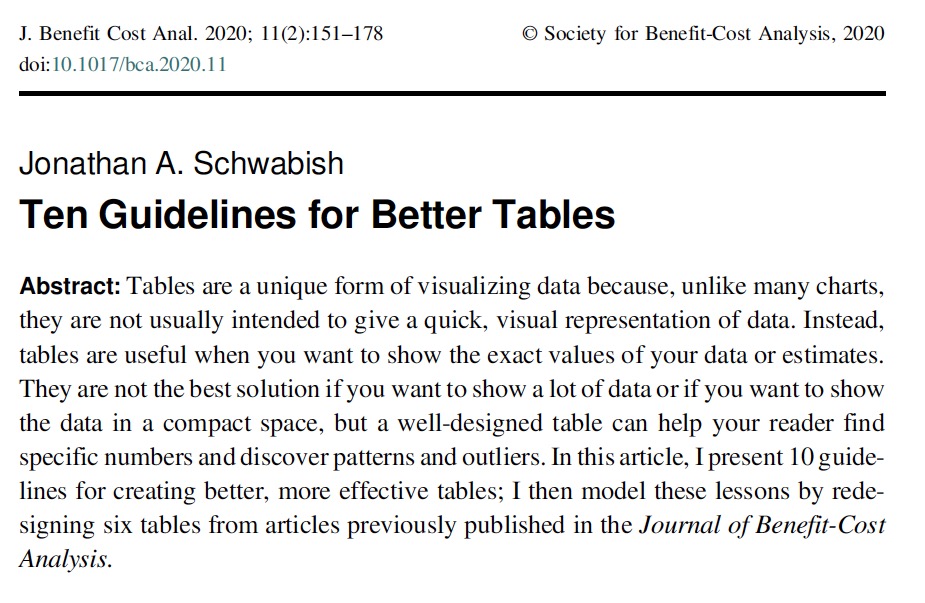
This dual axis chart is indeed misleading. Placing 5 countries on the left axis and the US on a different right axis makes it look like US military spending lags China in the last few years, which is far from the case. What are some possible alternatives? A 🧵
https://twitter.com/stlouisfed/status/1617266021810724866
#1. First off, just plot all the lines on the same graph! Honestly, yes the US is an outlier, but not so much that you can't see the other countries. 

#1b. You could also pair the first graph with a graph of just the five countries. You can do this horizontally (left graph) or vertically (right graph).
By the way, I'm not doing anything crazy here--this is all done in Excel and PowerPoint

By the way, I'm not doing anything crazy here--this is all done in Excel and PowerPoint


#3. Maybe a bump chart would be a good alternative? If *rank* is important, you can go away from dollars and just show the change in rank. 

#4. How about show *change* over time? Here, I calculated the change in spending since 1992. You lose the level (dollar) perspective here, but converting to percentages means the lines all easily fit on one axis. 

If you want to see other ideas for alternatives to the dual axis chart, check out these two blog posts:
Avoiding Dual Axis Charts
Part 1: policyviz.com/2022/10/06/avo…
Part 2:
policyviz.com/2023/01/17/avo…
/end 🧵
Avoiding Dual Axis Charts
Part 1: policyviz.com/2022/10/06/avo…
Part 2:
policyviz.com/2023/01/17/avo…
/end 🧵
Post script on this: I just love the caution note Twitter added to the original tweet. Misleading dataviz being flagged is amazing. 

Second post script. @wisevis correctly suggested a log scale as another option. Works here, though I don't know if simply adding "Logarithm of..." to the y-axis label is sufficient. 

• • •
Missing some Tweet in this thread? You can try to
force a refresh










